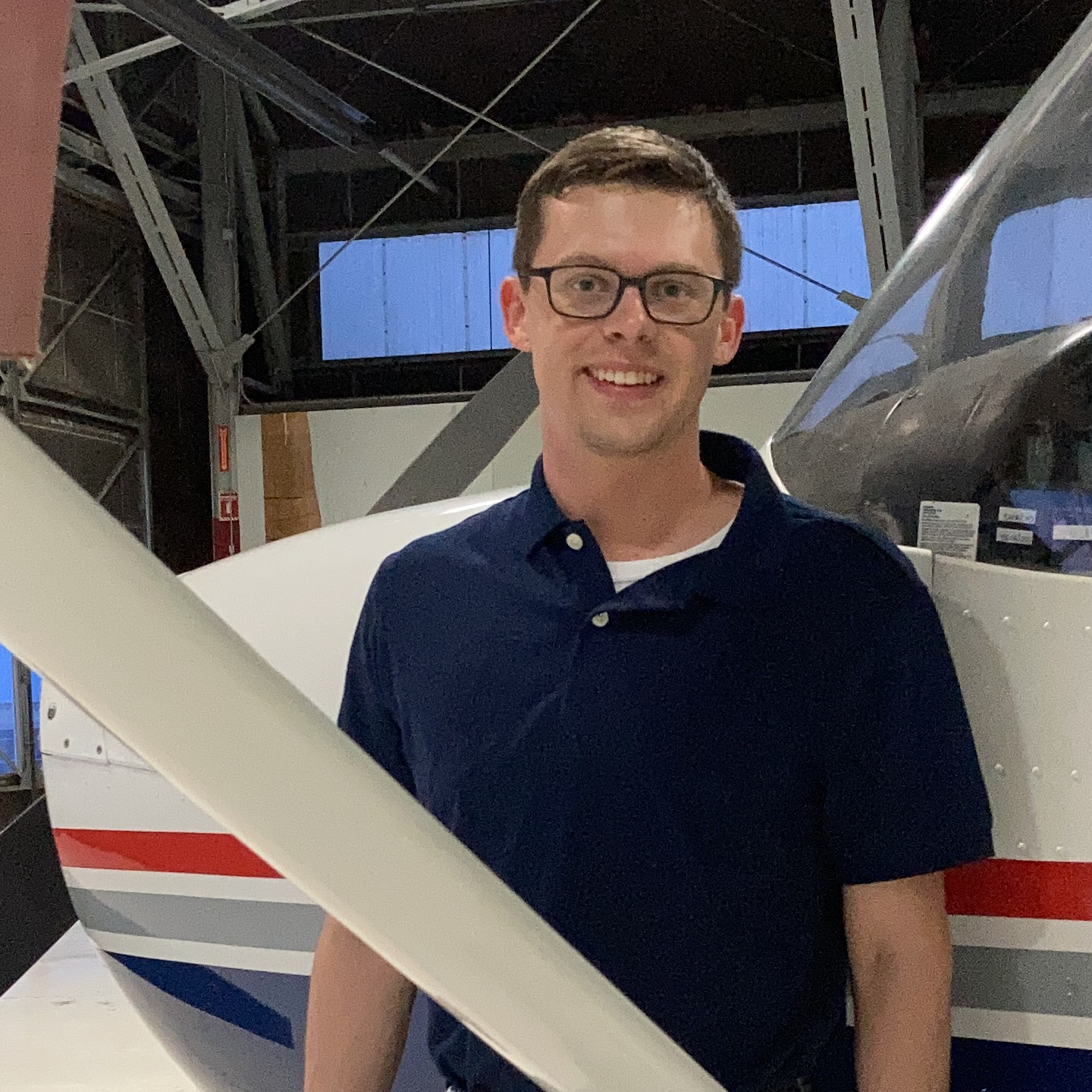Brad Denby

Assistant Professor
Marty and Anna Irvine Faculty Fellow
Department of Aerospace and Ocean Engineering
VT National Security Institute Affiliate Faculty
Virginia Tech
Blacksburg, VA

Department of Aerospace and Ocean Engineering
VT National Security Institute Affiliate Faculty
Virginia Tech
Blacksburg, VA
I am an assistant professor at the Virginia Tech Aerospace and Ocean Engineering Department. I completed my PhD in Electrical and Computer Engineering at Carnegie Mellon University (CMU). Before that, I worked as a research engineer at the Autonomy and Navigation Technology (ANT) Center in the Air Force Institute of Technology (AFIT). During that time, I completed my MS in computer engineering. As an undergraduate, I studied physics, mathematics, and computer science.
While embedded devices get smart, energy systems stay dumb. Embedded smart energy enables devices to do more for longer with physics-informed energy scheduling, energy caching, and smart energy management.
As nanosatellites and other cyber-physical systems proliferate, remote control fails to scale. Autonomy offers a solution, and compute aggregation studies how to distribute computer resources between central datacenters and the edge.
Cyber-physical systems operate under limits on energy, sensor data quality, communication, and computation. Machine learning and generative artificial intelligence enable new capabilities when deployed on these constrained devices.
In space and other remote environments lacking infrastructure, communication opportunities are limited and resource-intensive. Delay and disruption tolerant networking supports communication in challenging environments.
Many university-scale satellites fly new, one-of-a-kind sensors. Starbelt satellites use flight-proven sensors and justify missions by adding data-processing hardware.
Surface rovers benefit from onboard, edge computing for autonomy as missions move far from central control. Energy constraints demand unique operating solutions.
Small drones expend significant power on flight, computation, and communication. Balance among these factors determine end-to-end performance.
Submersibles face challenges in sensor data quality, communication, and energy availability. Low-cost, sensor-scale devices create new possibilities for ubiquitous maritime monitoring.